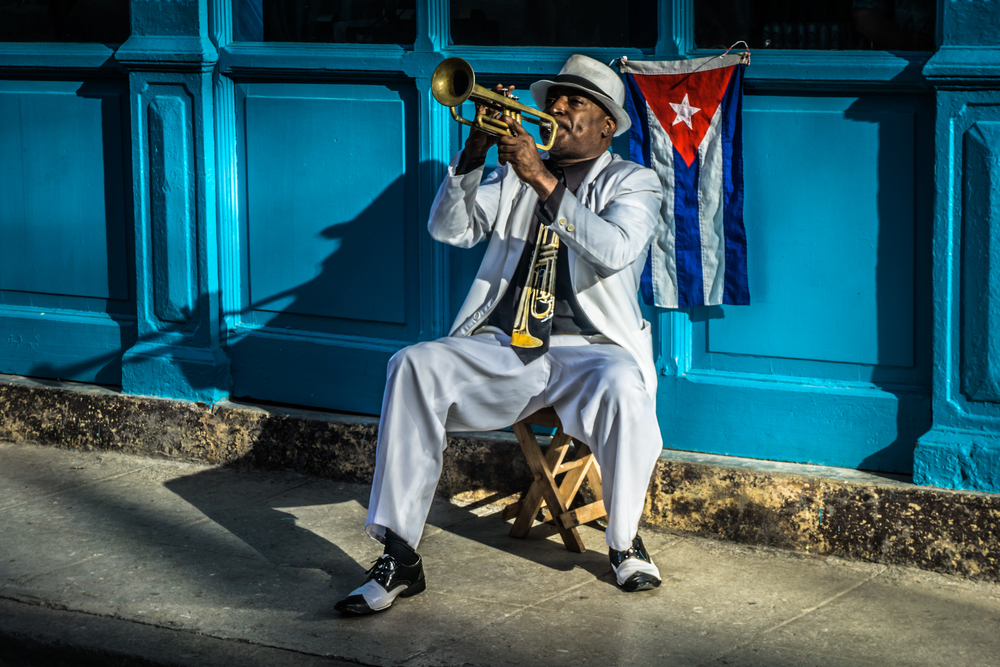The Cuban Revolution triggered seismic changes, none more impactful than the immigration of more than a million Cuban exiles to the US. These Cubans settled mainly in Miami, but also elsewhere throughout America.
This Cuban society thrived with many embracing the American dream, becoming wealthy and forging political connections. Miami’s transformation into a Latin American city was a by-product of this mass exodus following the revolution.
Why Did So Many Cubans Start Coming to Miami?
Aside from the geographical proximity of Cuba to Miami, the first Cuban exiles came seeking to recapture what they thought of as a lost paradise.
For many of these Cubans, the dream of returning to conquer was the initial driver.
The Four Waves of Cuban Exiles
Since the victory of Fidel Castro in 1959, there have been four waves of Cuban immigration to the US:
- 1959 to 1962
- 1965 to 1974
- 1980
- 1993 to 1995
With each consecutive wave, Cuban exiles from wider reaches of society have relocated to the US, especially Miami. Where in the 1960s, immigrants were from the wealthy elite, by the 1990s, residents of Havana’s fetid inner-city neighborhoods were arriving in America en masse.

The First Cuban Immigrants to the US
In 1959, it was initially supporters of the Batista regime who went to Miami. They were followed by wealthy Cuban exiles with property confiscated by the Cuban government. These Cubans included many doctors and executives of US firms.
These immigrants didn’t expect their exile to last long. Hopes were first dashed after the Bay of Pigs invasion.
A Fresh Start in the US
Many of these Cuban exiles arrived on American shores with nothing and had to start anew.
Professionals took service industry jobs while owners of sugar mills pumped gas. Character loans offered by the Republic Bank allowed many Cubans to start small businesses.
Over time, these immigrants created the cumulative Miami success story for which Cuban Americans have become famous.
Dark Anti-Castro Sentiment
With some Cuban exiles fighting against the repressive regime of Fidel Castro from overseas, there were many atrocious acts of terrorism committed.
Illegal sorties into Cuba, bombings, and assassinations took place.
Occasionally, the US government was involved. In Operation Mongoose, for example, Cuban Americans broke into the Democrats Watergate HQ in Washington, DC.
The Chilean ambassador to the United States was killed by a bomb in 1976. Luis Carriles Posada and Orlando Bosch, both Cuban Americans, planted a bomb on board a Cuban civilian airliner. The resulting explosion claimed dozens of lives, many young athletes returning home from abroad.
Political Influence
Cuban Americans were utilizing different strategies by the early 80s. The Cuban American National Foundation became a powerful lobbying force in the capital. This body remained a central influence in the shape of US policy with regard to Castro’s Cuba.
The Cuban American Foundation continued to flourish even after the end of the Cold War.
The Second Wave of Immigrants: Freedom Flights
Political freedoms had all but disappeared by the end of the 60s. Economic hardship abounded.
In 1960, Castro shut down 55,000 small businesses and effectively absolished private property. More and more Cubans started turning against the revolution.
When Castro opened up the Port of Camarioca, Cuban exiles in Miami came to collect relatives still stranded in Cuba.
Over 250,000 Cubans went to America on these “freedom flights” sanctioned by President Lyndon Johnson by 1974.
The Third Wave: The Mariel Boatlift
In 1980, 125,000 Cubans entered the port of El Mariel in Florida in a well-documented boatlift with enduring consequences for both the US, and for the image of Fidel Castro.
It started with a bus crash at the gates to the Peruvian Embassy in Havana. Two guards shot at each other and both were wounded. In anger, Castro took away the security post. Within hours, the embassy was flooded with more than 10,000 Cubans.
Castro opened the port of El Mariel to all those who wanted to leave Cuba. The exodus was dramatic.
The Fourth Wave: Balseros
When the Soviet Union collapsed in 1991, this regime failure caused the ailing Cuban economy to crash and then to shrink more than 40% in just three years.
Riots broke out in Havana. Again, Castro said that anyone who wanted to leave was free to do so. This triggered the departure of thousands of balseros or rafters, Cubans who made the perilous journey to the US on any flotsam and jetsam they could find.
Stemming the Flow
In the wake of all this immigration, there’s been an effort to stem the tide of immigrants to the US. Castro assured the US he wouldn’t encourage any more departures from Cuba. In return the US government agreed to issue visas to 20,000 Cubans each year.

